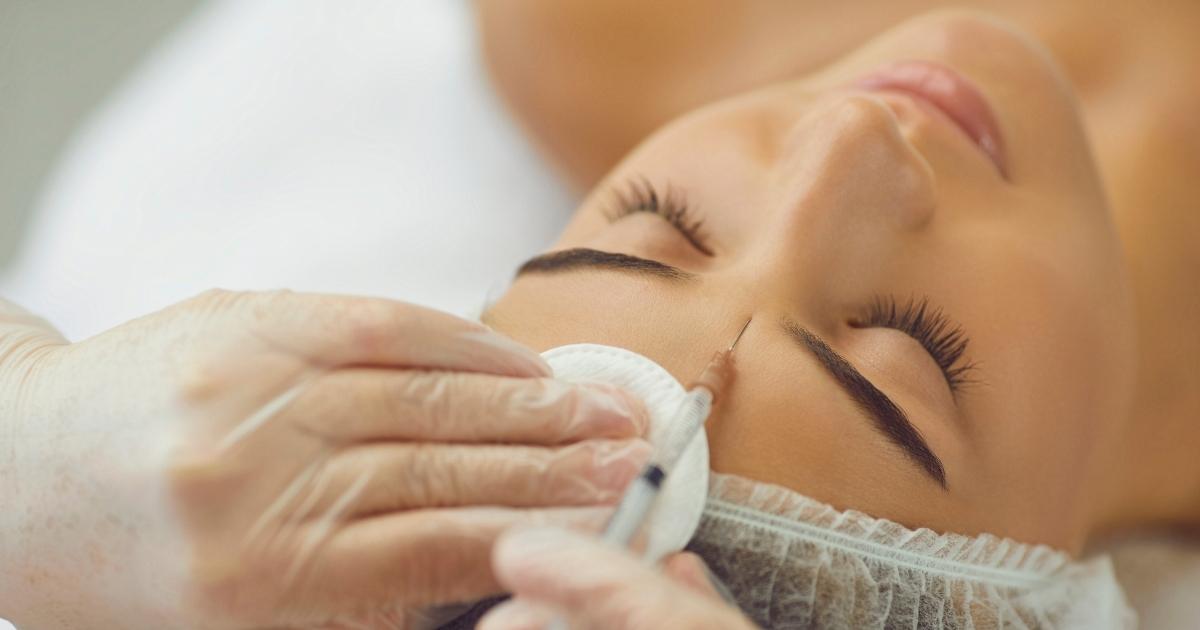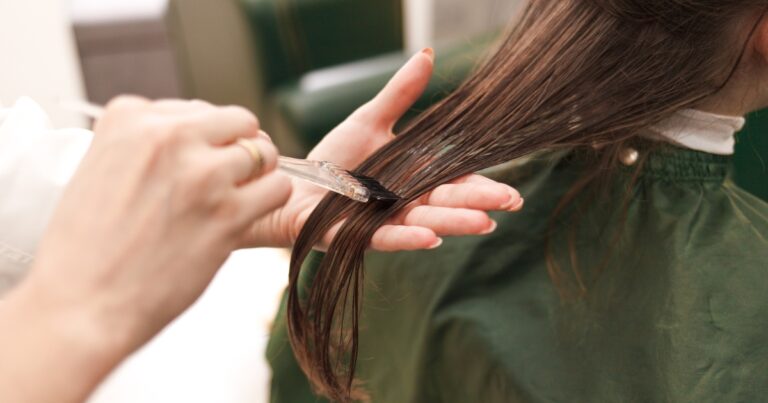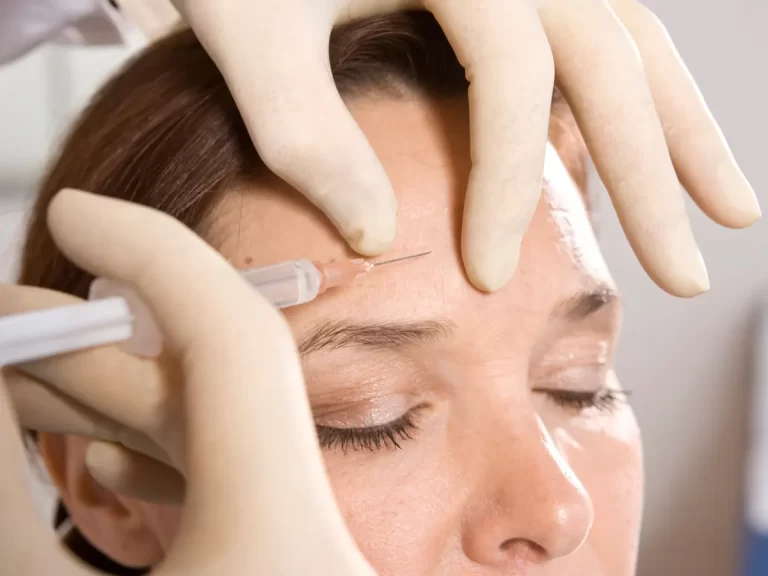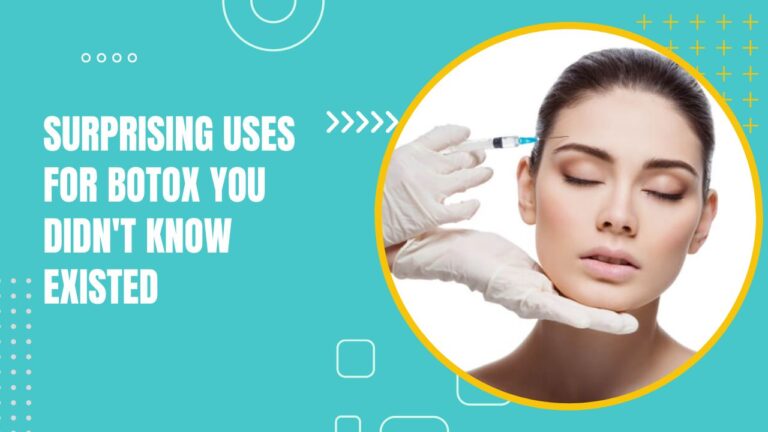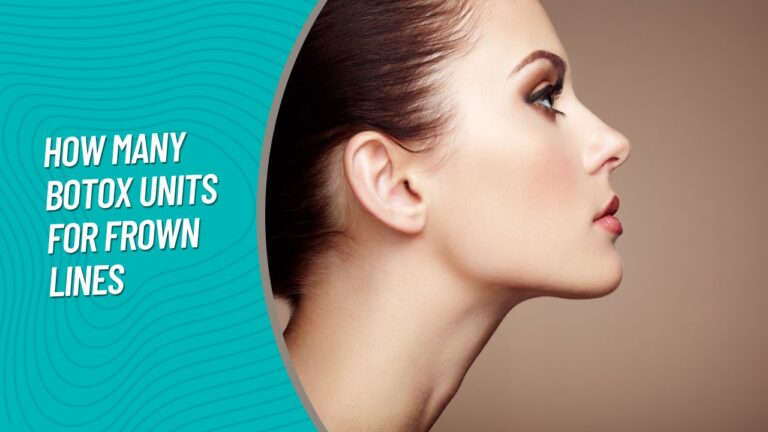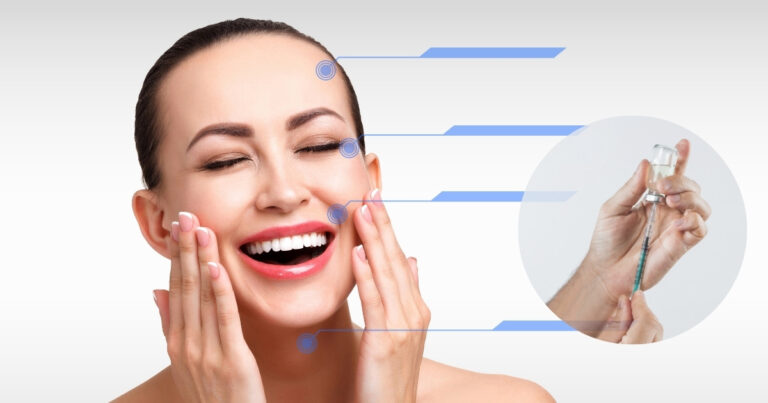Botox has carved a unique space in aesthetic medicine, transcending borders and reaching a diverse global clientele. However, it’s essential to understand that the effectiveness and results of Botox can significantly vary, especially when considering ethnicity and different skin types.
This variation stems from unique skin physiology and ageing patterns influenced by genetics and environmental factors. This article will guide and explore the fascinating interplay between Botox and ethnicity and the resulting implications for diverse skin types.
Ethnicity and Skin Physiology: The Scientific Connection
Skin characteristics and ageing patterns often differ across ethnicities due to genetic and environmental factors. These distinct physiological variations significantly influence how individuals respond to treatments such as Botox. Comprehensive knowledge of these differences is paramount in providing tailored, effective treatments.
Botox in Different Ethnic Groups
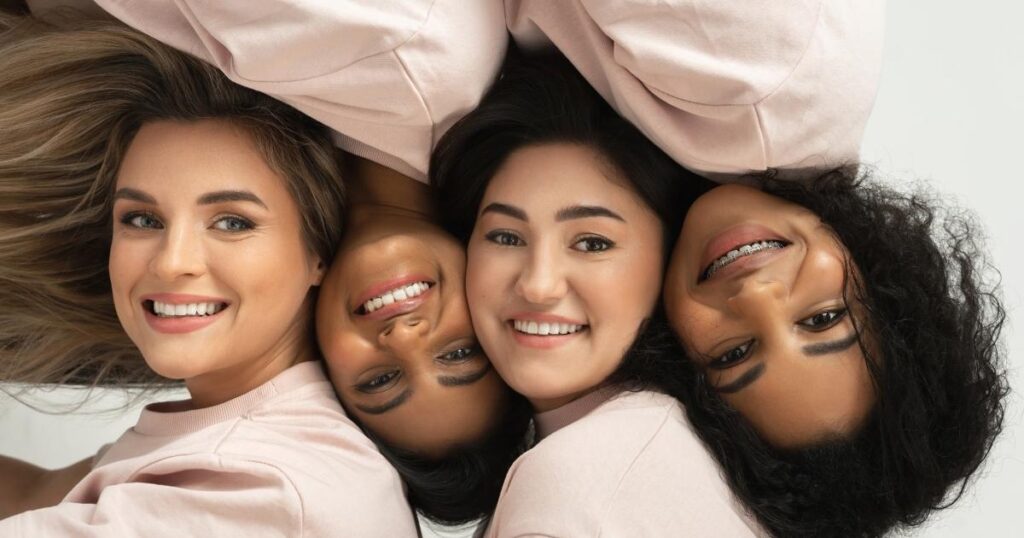
A single ‘one size fits all’ approach cannot be applied to Botox treatments due to varying responses across ethnic groups. Each ethnic group exhibits unique skin characteristics and ageing patterns, necessitating a tailored approach to ensure optimal results and minimise potential side effects.
Book A Consultation With Dr Tarek Bayazid
Top-rated Plastic Surgeon For Botox in Dubai
Installment Plan Available
Here is a general table based on available knowledge about aesthetic applications:
| Ethnic Group | General Aesthetic Considerations for Botox |
| Caucasians | Caucasian faces often show early signs of ageing like fine lines and wrinkles. Botox is frequently used for forehead lines, frown lines, and crow’s feet. |
| Asians | In many Asian cultures, youthful, smoother skin is desired. Botox might be used for jawline slimming (masseter muscle injection) and treating forehead lines and crow’s feet. |
| African | skin is generally thicker and shows signs of ageing later than other ethnic groups. Botox could be used for dynamic lines on the forehead and around the eyes. Hyperactive muscles around the nose area might also be treated. |
| Hispanics | Similar to other ethnic groups, Hispanics might use Botox for treating forehead lines, frown lines, and crow’s feet. A strong emphasis might also be on jawline and neck aesthetics. |
Cultural Perceptions of Botox And Ethnicity: How It Influences Views on Aesthetic Procedures
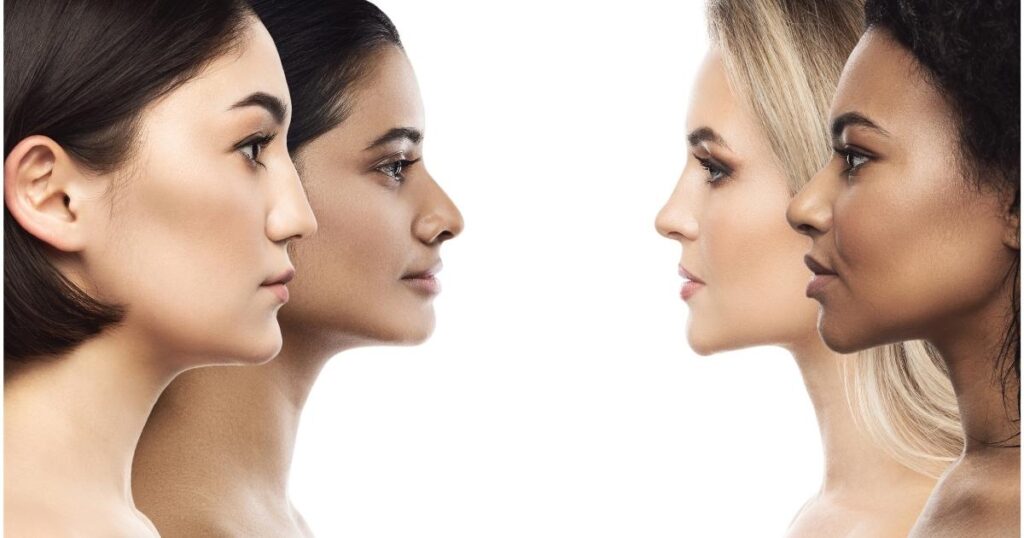
Ethnicity impacts the physiological responses to Botox and influences cultural perceptions about aesthetic procedures. This discussion will highlight how different cultures perceive and accept Botox, affecting its usage and the approach to treatment across ethnicities.
Some bullet points highlight how different cultures and ethnicities may perceive Botox and aesthetic procedures:
Caucasian Cultures:
- In many Western cultures, particularly in the United States and Europe, aesthetic procedures like Botox have become increasingly accepted and mainstream.
- There is often an emphasis on maintaining a youthful appearance, and Botox is seen as an effective tool for achieving this.
- The use of Botox and other cosmetic procedures are commonly discussed openly and may even be considered routine aspects of self-care.
Asian Cultures:
- In many Asian cultures, there’s a strong emphasis on skincare and maintaining a youthful, smooth complexion.
- Aesthetic procedures like Botox, particularly for jaw slimming, are becoming more popular and accepted, especially in more urban and cosmopolitan areas.
- However, the desire for natural-looking results often leads to a more conservative approach to these procedures than in Western cultures.
Latinx Cultures:
- In many Latinx cultures, there’s a strong emphasis on physical appearance, but attitudes towards aesthetic procedures like Botox can vary widely.
- In some communities, aesthetic procedures are embraced as part of personal grooming and upkeep. In others, there may be more stigma or apprehension about these procedures.
- Like Asian cultures, there’s often a desire for results that enhance natural beauty without appearing “done.”
Middle Eastern and African Cultures:
- These cultures traditionally value natural beauty, and some stigma can be attached to aesthetic procedures.
- However, attitudes are changing, particularly in more urban areas and among younger generations, with an increasing acceptance of procedures like Botox.
- As with other cultures, there’s a desire for results that enhance natural features without drastically altering the appearance.
The Necessity for Tailored Botox Treatments: An Evidence-based Argument
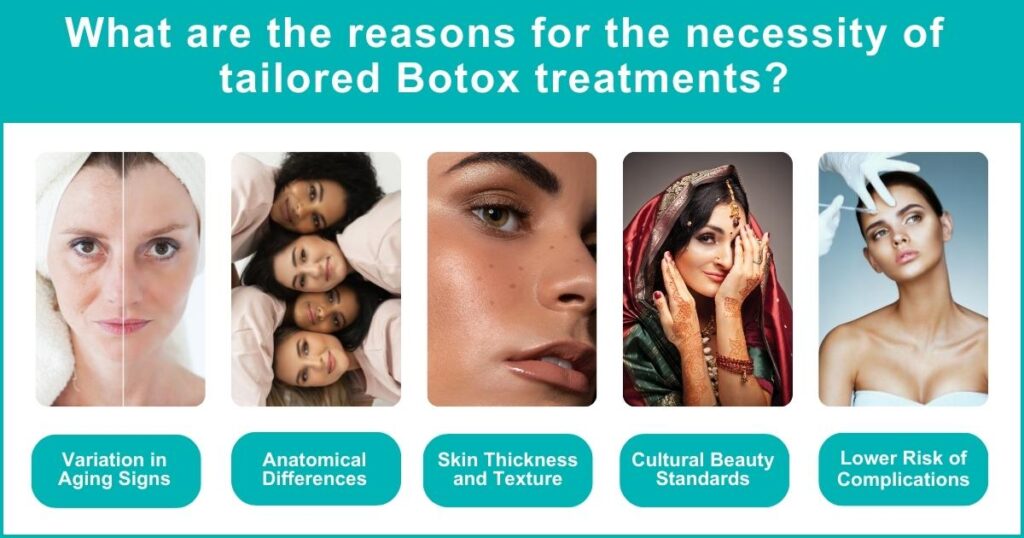
As the evidence shows, a personalised approach to administering Botox treatments leads to more effective results and a lower risk of complications. This section will present key research supporting the need for tailored Botox treatments based on ethnic skin types and ageing characteristics.
Here are the key points highlighting the necessity for tailored Botox treatments:
- Variation in Aging Signs: Different ethnic groups tend to show signs of ageing in varying ways and at different rates. For instance, Caucasian skin often shows wrinkles earlier, while Asian skin might first experience pigmentation changes. Better results can be achieved by personalising Botox treatments to these unique ageing patterns.
- Anatomical Differences: Anatomical differences in facial structures exist between different ethnic groups. For example, Asian individuals often have broader and shorter faces than Caucasians, which can affect the placement and dosage of Botox injections. Understanding these anatomical differences can help practitioners deliver more effective and natural-looking results.
- Skin Thickness and Texture: The thickness and texture of the skin can also affect how Botox is administered. For instance, thicker skin, common in Asian and African ethnicities, may require different injection techniques or dosages compared to thinner skin.
- Cultural Beauty Standards: Ethnic and cultural beauty standards should also be considered when administering Botox treatments. For example, in some Asian cultures, a softer, rounder face is often preferred, influencing how and where Botox is applied.
- Lower Risk of Complications: Tailoring treatments to an individual’s unique facial structure, skin type, and ageing patterns can also reduce the risk of complications. For example, avoiding areas with thicker muscles and focusing on areas where the skin is more responsive to Botox can help prevent unwanted side effects.
- Improving Patient Satisfaction: Personalised Botox treatments considering an individual’s needs, preferences, and characteristics can increase patient satisfaction. This is because the results are more likely to align with the patient’s personal beauty goals and expectations.
As we draw to a close to exploring the intricate relationship between Botox and ethnicity, it’s paramount to advance towards realising your aesthetic ambitions. To experience the benefits of Botox treatments explicitly tailored to your skin type and ethnicity, we invite you to contact Dr Tarek Bayazid and book a consultation.
Our team of experts will navigate you through a personalised consultation, ensuring you receive the most effective and safe treatments. Begin your journey towards rejuvenation by scheduling your consultation today.
